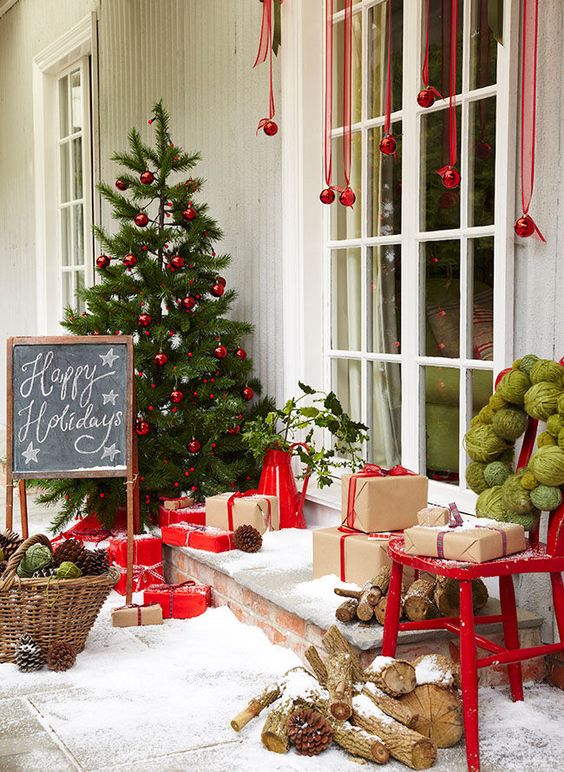7 Cleaning Tips from Restaurant Kitchens
Who isn’t nostalgic for restaurants right now? You’re missing your go-to happy hour, and hankering for your favorite taco bar—instead opting to eat at home every day and several times on the weekend. Your kitchen is practically operating like a restaurant right now, so maybe it’s time to get creative and put some professional practices to use and get your very own clean kitchen.
We surveyed front-of-house staff, servers, bartenders, and chefs (both current and former) to uncover the best cleaning lessons they learned on the job, and still use at home to this day.
1. Use your cooking ingredients to clean
Why dish out your hard-earned dollars for cleaning products when some of the best (and most eco-friendly) solutions are already in your pantry? Streamline your cooking and cleaning processes by putting simple ingredients to work in kitchen spaces and surfaces.
In his restaurants, Donald Counts, National Executive Chef of City Winery, swears by simple white vinegar for taking care of faucets with hard-water buildup. “Put some vinegar in a sandwich bag and use a rubber band to attach it to the faucet, then let it sit overnight and rinse in the morning,” he suggests. Bonus: You can also clean wooden cutting boards, which don’t withstand heat and easily harbor bacteria, with white vinegar too.
2. Create an “end-of-shift” routine
Sarah Whitley, who used to work front-of-house as a host, server, manager and bartender, still practices a routine she learned in her restaurant days: End every shift with the same cleaning tasks.
For someone at home, that might mean scrubbing the countertops, sweeping the floor, and washing your dishes. “The general sentiment is to leave—or go to sleep—with your kitchen in perfect condition so when you arrive tomorrow (or wake up), you can begin with the new day and not catch up from yesterday,” she says.
Sometimes, cooking is messy. But don’t let the dread of a big mess to clean up keep you from using your kitchen. Instead, break up the chore by cleaning up after yourself as you go. For example, if you’re making a salad with homemade dressing, whip up the dressing in your food processor, wash the processor and all the tools you use, then move on to the next part of the dish.
This approach works especially well with multi-step cooking processes like baking, says former baker Lidia Krebsky: “I used to make a big mess in the kitchen if I cooked or baked,” she says. “After working as a baker, I am now way more efficient in the kitchen. I’ve learned to clean up as I cook or bake, just like my grandma and mom always said I should.”
4. Reset at the beginning of a “shift”
Malinda Fuller, a former bartender and server, got used to starting her shift by resetting (by cleaning, stocking, and organizing) so everything she needed would be easily findable and usable, a habit that stuck at home, too. “Fast forward: I can’t start a meal or project without first cleaning my kitchen space,” she says.
In your kitchen, that might look like starting the day with making sure your surfaces, and all the tools you need to cook, are clean and ready to use. The idea is to ensure efficiency so you don’t encounter bumps when you’re in cooking mode.
5. Follow the “first in/first out” rule
How you organize your fridge (and freezer, and pantry for that matter) can make a big difference in keeping your life tidy and ensuring you don’t let anything spoil or go to waste. An important lesson Liz Berg learned in her restaurant days: “Bring the oldest items to the front to remind you to use them before they go bad, then bring the back items up front when you stock up again,” she says. If you unload that new 6-pack of your daily greek yogurt behind the ones already in the fridge, you’ll never be surprised by an expiration date.
6. Label absolutely everything
Again: So much of keeping a clean kitchen is prevention. Take last week’s leftovers, for example. Ever find last week’s leftovers in the fridge, only to discover your Pyrex has morphed into a petri dish for mold? Nip that problem in the bud with a labeling system.
Tal Baum, owner of Bellina Alimentari in Atlanta, recommends labeling every single item in your fridge with a name and date and freezer. “As I often make big batches of sauces and soups at home for my family, putting a label on each item helps me keep everything organized and easily recognizable,” she says.
7. Assume something’s dirtier than it looks
Karen Condor, an insurance research editor who once worked at a four-star restaurant as a busser, brunch assistant, and waitress, followed some pretty strict protocols on the job to avoid spreading germs—and she still uses them to this day.
One tip she has to offer: Sanitize the tops of cans before you take a can opener to them or open a pull tab. “Remember, you have no idea where those cans have been stored [before you brought them home] and for how long,” she says. (This might also mean you sanitize your can opener, if you don’t already, or rinse off that can of LaCroix before you put your lips to it.)
Along the same lines, err on the side of caution when you’re handling something you’ll eat off or drink from. “Handle glassware, plates, and silverware on areas that people do not eat or drink from,” Condor suggests. In other words, if you’re carrying a drink to another member of your household, don’t grab the rim. And to carry a plate, grab it by the side and bottom instead of clasping your fingers on top of the eating surface. “Despite our frequent hand-washing, it’s still a good rule of thumb.”





Leave a comment